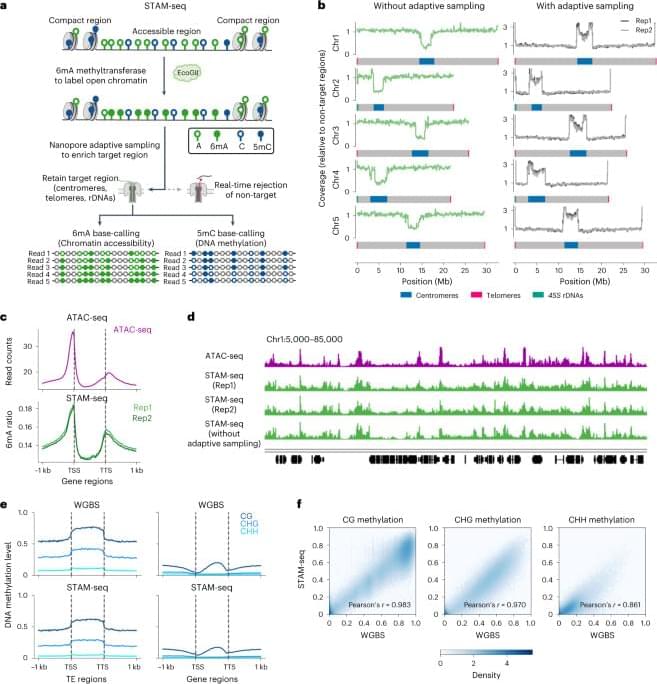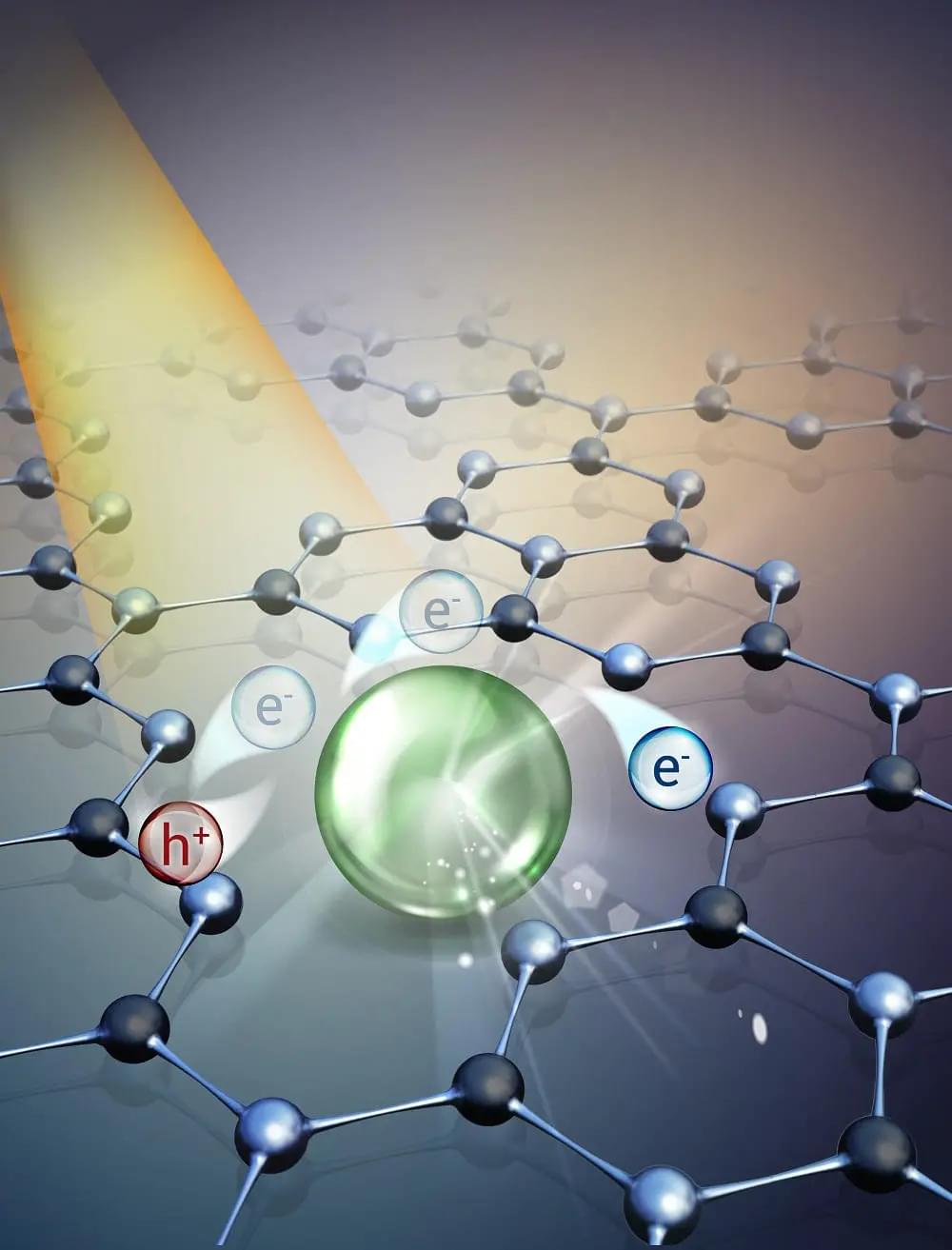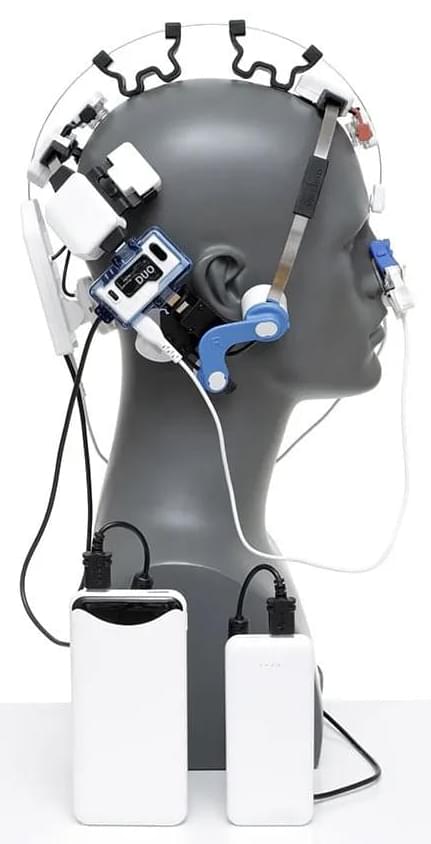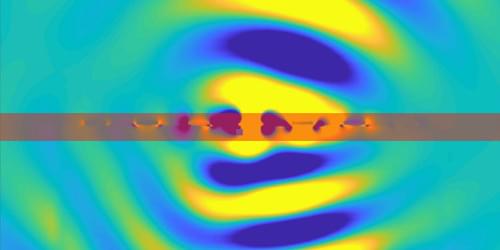SpaceX recently installed the new hot staging ring atop Booster 9 that will attempt this new stage separation method.
The hot staging ring has gone through its own test campaign, including being connected to the “can crusher,” which simulates stresses on the rocket during liftoff and, having passed that test, was then installed.
Hot staging is when the 2nd stage, in this case, Starship, ignites its engines while still connected to then pull away from Booster 9, which will also still be firing some of its own engines but with those throttled down. The hot staging method isn’t a new idea, as it has been used by Russian rockets for years now and also by older American rockets such as the Titan II.

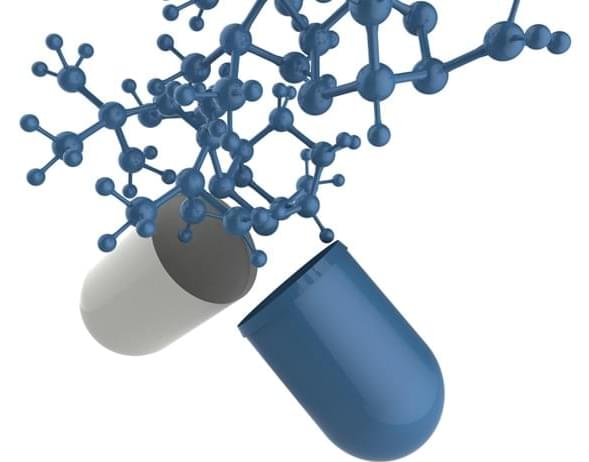

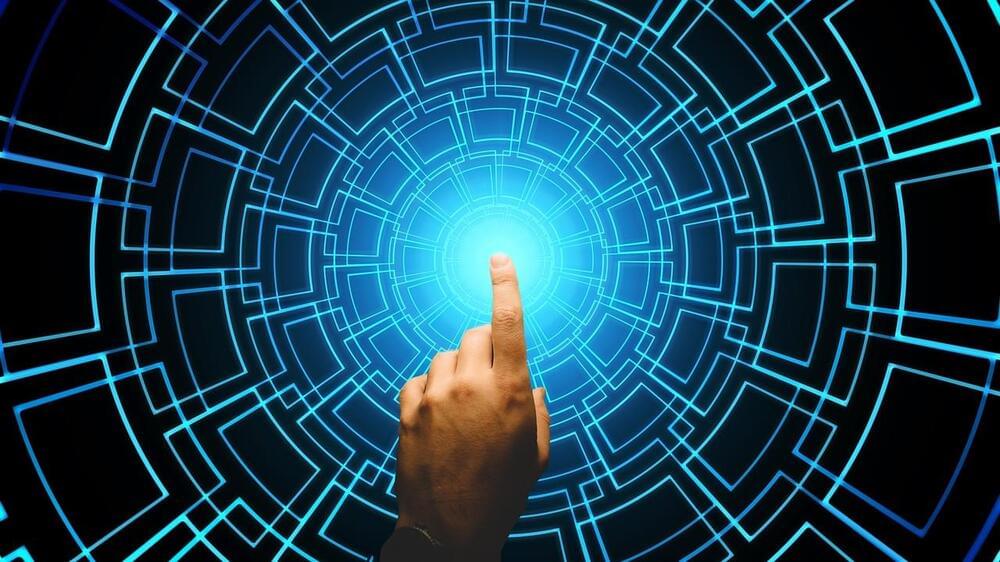
 עברית (Hebrew)
עברית (Hebrew)